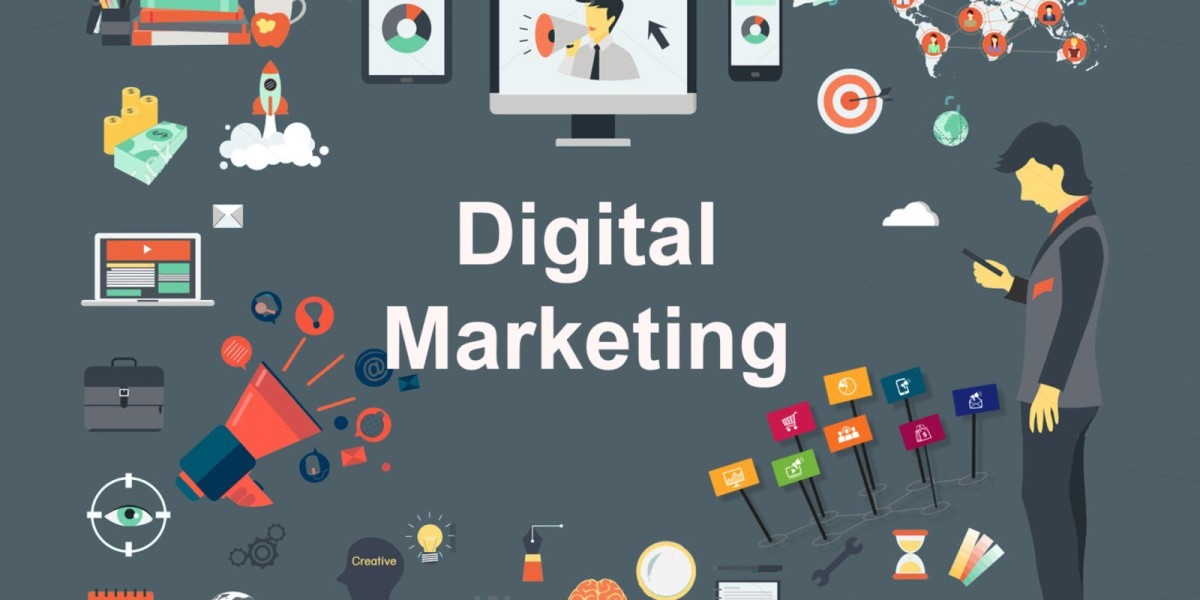In the world of Marketing And Ecommerce, email remains a powerful and cost-effective tool for businesses to connect with their audience, nurture leads, and drive conversions. In this comprehensive guide, we will delve into the world of email marketing and provide you with valuable insights and strategies to master this essential channel. From building a solid email list to crafting compelling campaigns, let's explore the key elements of successful email marketing.
Build a Quality Email List:
The foundation of effective email marketing lies in having a quality email list. Start by implementing opt-in forms on your website, landing pages, and social media platforms to capture email addresses. Offer valuable incentives such as e-books, exclusive content, or discounts to encourage visitors to subscribe. Ensure that your subscribers have given explicit permission to receive emails, and regularly clean your list by removing inactive or unengaged subscribers.
Segmentation and Personalization:
Segmentation is a key strategy to maximize the impact of your email campaigns. Divide your email list based on demographics, preferences, purchase history, or engagement levels. By segmenting your list, you can send targeted and personalized emails that resonate with each group. Use customer data and automation tools to deliver relevant content, product recommendations, and special offers, resulting in higher engagement and conversion rates.
Craft Engaging and Relevant Content:
Compelling content is the heart of successful email marketing. Create attention-grabbing subject lines that entice recipients to open your emails. Keep your emails concise, visually appealing, and focused on the value you can provide. Share informative blog posts, industry insights, or exclusive content that addresses your subscribers' pain points and interests. Include compelling calls-to-action (CTAs) that prompt recipients to take the desired action.
Automation and Email Sequences:
Email automation allows you to send targeted messages based on specific triggers or actions. Develop email sequences to nurture leads or guide customers through the sales funnel. For example, create a welcome series for new subscribers, abandoned cart emails, or re-engagement campaigns for inactive subscribers. Automation saves time and ensures timely and relevant communication, resulting in increased conversions and customer loyalty.
Mobile Optimization:
With the majority of emails being opened on mobile devices, optimizing your emails for mobile is essential. Ensure your email templates are responsive, with a clean and user-friendly design. Use concise and scannable content, large fonts, and appropriately sized buttons. Test your emails across various devices and email clients to ensure a seamless user experience.
A/B Testing and Analytics:
To continuously improve your email campaigns, utilize A/B testing. Test different subject lines, content formats, CTAs, or send times to identify what resonates best with your audience. Additionally, leverage email analytics to track key metrics such as open rates, click-through rates, and conversions. Analyze the data to gain insights into campaign performance, customer behavior, and areas for optimization.
Compliance with Regulations:
Ensure your email marketing efforts comply with relevant data protection regulations, such as the General Data Protection Regulation (GDPR) or the CAN-SPAM Act. Obtain proper consent for sending emails, provide easy unsubscribe options, and include your business's physical address. Familiarize yourself with the specific requirements of the regions where your subscribers are located to avoid legal complications.
Maintain Consistency and Frequency:
Consistency is crucial in email marketing. Establish a regular sending frequency that aligns with your audience's expectations. Whether it's weekly, bi-weekly, or monthly, be consistent in your communication. However, be cautious not to overwhelm subscribers with excessive emails, as it may lead to unsubscribes or reduced engagement. Find the right balance that keeps your brand top-of-mind without becoming intrusive.
Conclusion:
Email marketing remains an indispensable tool for businesses to cultivate relationships, drive conversions, and foster customer loyalty. By focusing on building a quality email list, personalizing your content, leveraging automation, and continuously optimizing your campaigns, you can unlock the full potential of Ecommerce Marketing Strategy. Embrace the power of this channel, adapt to your audience's needs, and watch your business thrive through effective and engaging email communication.








